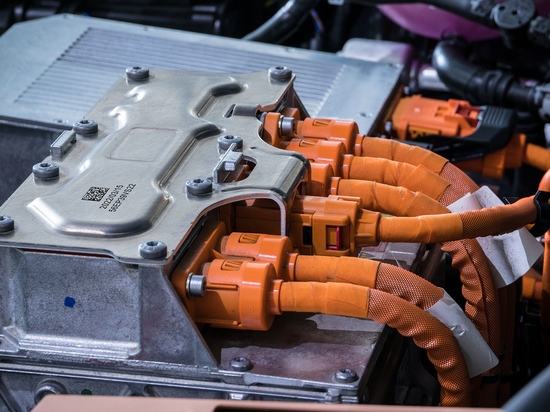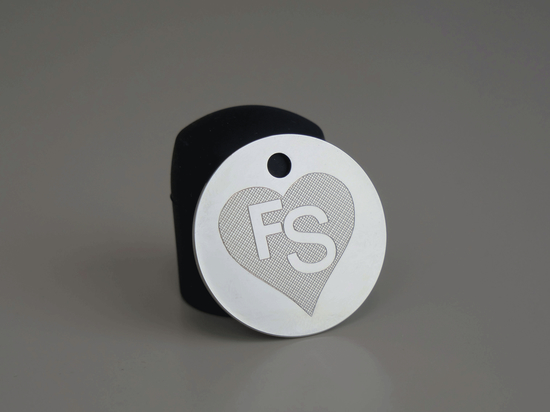
#White Papers
Guide to engraving and cutting fonts
In this article, the experts at Gravotech will give you all the keys to mastering the use of fonts in engraving and cutting.
Personalizing objects has become a way of standing out, adding value and developing creativity. Fonts play an essential role, having a significant impact on the final engraving and die-cutting rendering. But what are the different types of engraving fonts? Which ones can I use or modify? How do I use them for mechanical and laser engraving, and can I use them for cutting? Whether you're a beginner or an expert, this guide is here to help you.
How did cutting and engraving fonts evolve?
Historically, the first engraving fonts were used on pantograph manual engraving machines. Each letter (or character) was a machined piece of brass (called a font) and the composition of a word was manual; this required a lot of time and storage space.
With the invention of digital engraving machines, fonts are now integrated into engraving software, making it easy to own dozens, even hundreds of fonts. Word composition is now automatic, offering considerable time savings and greater possibilities for personalization.
Overview of different font types
Wire font
The wire font is a type of "handwritten" font where the stroke defines the character. This type of font is often used for mechanical engraving and galvanometric lasers (Galvo), such as Gravotech's WeLase™, as it allows much faster engraving than "outline" type fonts.






